
OR
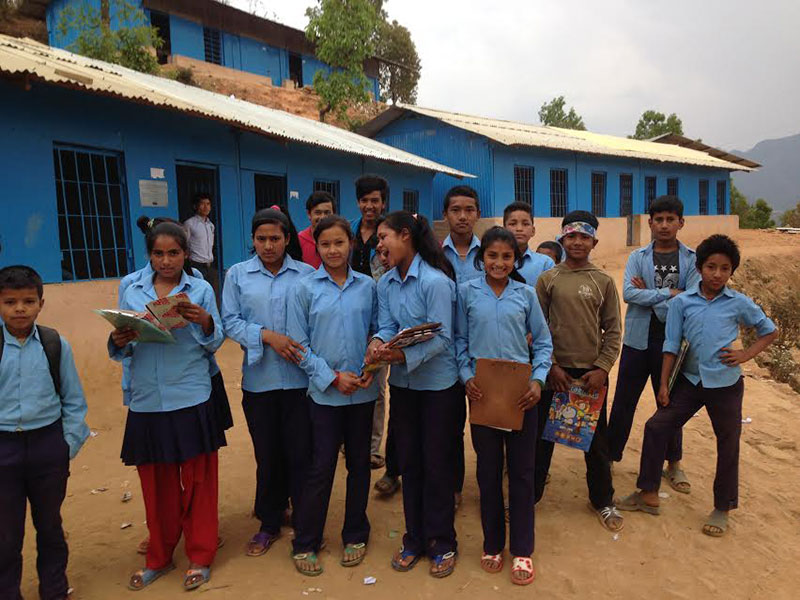
If we invest in our young people now, the return will come in the form of a healthy generation for decades to come
When Gaurika Singh reached the Olympic village in Rio de Janeiro with her dad last month, little did she know that she was already a celebrity. As soon as the organizers announced the 13-year-old swimmer from Nepal was the youngest Olympian among some 10,000-plus sportspersons taking part in the Olympics, Gaurika was flooded with interview requests. Media organizations including the BBC and CNN lined up to interview her.
Gaurika, who lives in North London along with her parents, says she will start preparing for the next Olympics. She will just be 17 when Tokyo Olympics take place in 2020. Obviously, she is set to go a long way if she continues to work hard and gets proper support and motivation all along.
Could she also bring a first medal in any Olympics for Nepal?
Nepal has been taking part in the Olympics since 1964 but hasn’t been able to bag a single medal so far. Bidhan Lama won a bronze in Taekwondo in 1988 summer Olympics in Seoul, but it was only a demonstration event, not a competitive one.
Forget about Olympics, Nepal is far behind most of her South Asian counterparts in sports. In the South Asian Federation (SAF) Games earlier this year, Nepal could bag only three golds out of 239 gold medals on offer.
We know that Nepal can’t afford to spend millions of dollars in boosting the sports. But recent success in sports like cricket shows that targeted investment and public support can go a long way in boosting sports.
The key is targeting young people and grooming them right from the beginning for the big events. Tom Byer, China’s football Guru, has been given what some would call an impossible task of making the Asian giant a football powerhouse by 2050. “There is no other country in the world that has a government policy like China’s to develop grass-roots football and expand the talent pool,” Byer told the South China Morning Post three years ago.
Unfortunately, Nepal lacks leaders like Chinese President Xi Jinping who are committed to transforming their country’s image.
When visiting the Thokarpa High School in Sindhupalchok district early this year, I saw young boys playing football made up of torn clothes. The school has been totally destroyed by the last year’s devastating earthquakes and teaching was taking place from temporary learning centers (TLCs).
So, how could we provide basic sports facilities to children like those in Thokarpa? May be involving local bodies, local communities and schools could be an answer. Though we have not had elections for the local bodies for about two decades, local level units like village development committees and municipalities have some funds, which they can provide to local sports clubs. The government can and should also provide some money (may be few thousand rupees every year) to each school to buy sports materials.
And, the objective should not be to too high as winning medals but, rather, a modest one of helping children be physically fit, mentally smart and socially interactive in their communities.
The World Health Organization (WHO) recommends at least one hour of daily moderate physical activity for children aged 5-17. The WHO says that physical activity helps young people improve their control over symptoms of anxiety and depression. “Similarly, participation in physical activity can assist in the social development of young people by providing opportunities for self-expression, building self-confidence, social interaction and integration. It has also been suggested that physically active young people more readily adopt other healthy behaviors (e.g. avoidance of tobacco, alcohol and drug use) and demonstrate higher academic performance at school,” the WHO said.
Research shows that sports help build character, persistence and teamwork. And there are spiritual aspects as well. Sadhguru, an Indian mystic, says that it is intensity which allows a human being to stretch beyond the limits. “The entire spiritual process is about somehow transcending your limitations to experience a dimension that you did not know till now,” said Sadhguru adding, “Without the desire to win, there is no game. If your desire is that only you should win, there is no game. You can only be successful if you want to win. But if you lose, it should be alright with you.”
Winning in life should be our aim, but even if we lose while abiding by the rules, we should accept it. Perhaps that is one of the most important life lessons we learn in the field of sports. On top of that, if we invest in our young people now, the return will come in the form of a healthy generation for many decades to come.
Then, young girls like Gaurika playing in Olympics would be a norm, rather than an exception. And the likes of her will bring the additional rewards of medals too.
The author is a BBC journalist based in London. Views expressed are his own
bhagirath.yogi@gmail.com
You May Like This

Young Science Believer
KATHMANDU, April 8: ‘I want to be doctor or engineer’. This is most common answer you hear from children when asked... Read More...

Young thoughts on canvas
The painting and sculptor exhibition ‘Pradarsani’ features six young artists’ creation that began on Wednesday at Nepal Art Council, Babarmahal. Read More...

Job-hopping is the new norm for young workers
KATHMANDU, July 25: In the past employees would give everything to remain faithful to just one particular job for a long... Read More...

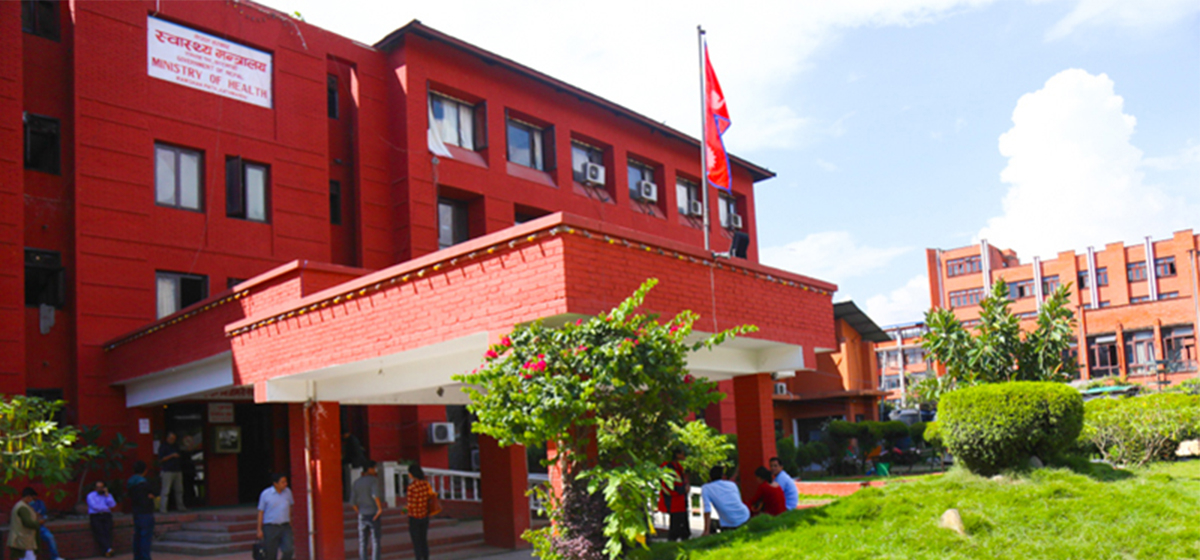
Just In
- In Pictures: Families of Nepalis in Russian Army begin hunger strike
- New book by Ambassador K V Rajan and Atul K Thakur explores complexities of India-Nepal relations
- Health ministry warns of taking action against individuals circulating misleading advertisements about health insurance
- UAE secures spot in ACC Premier Cup final, defeating Nepal by six wickets
- NC to boycott Gandaki Province Assembly, submits letter to Speaker
- 850 grams of gold seized from Indian national at TIA
- Rupandehi District Court orders to release Dipesh Pun on a bail of Rs 400,000
- Teachers’ union challenges Education Minister Shrestha's policy on political affiliation












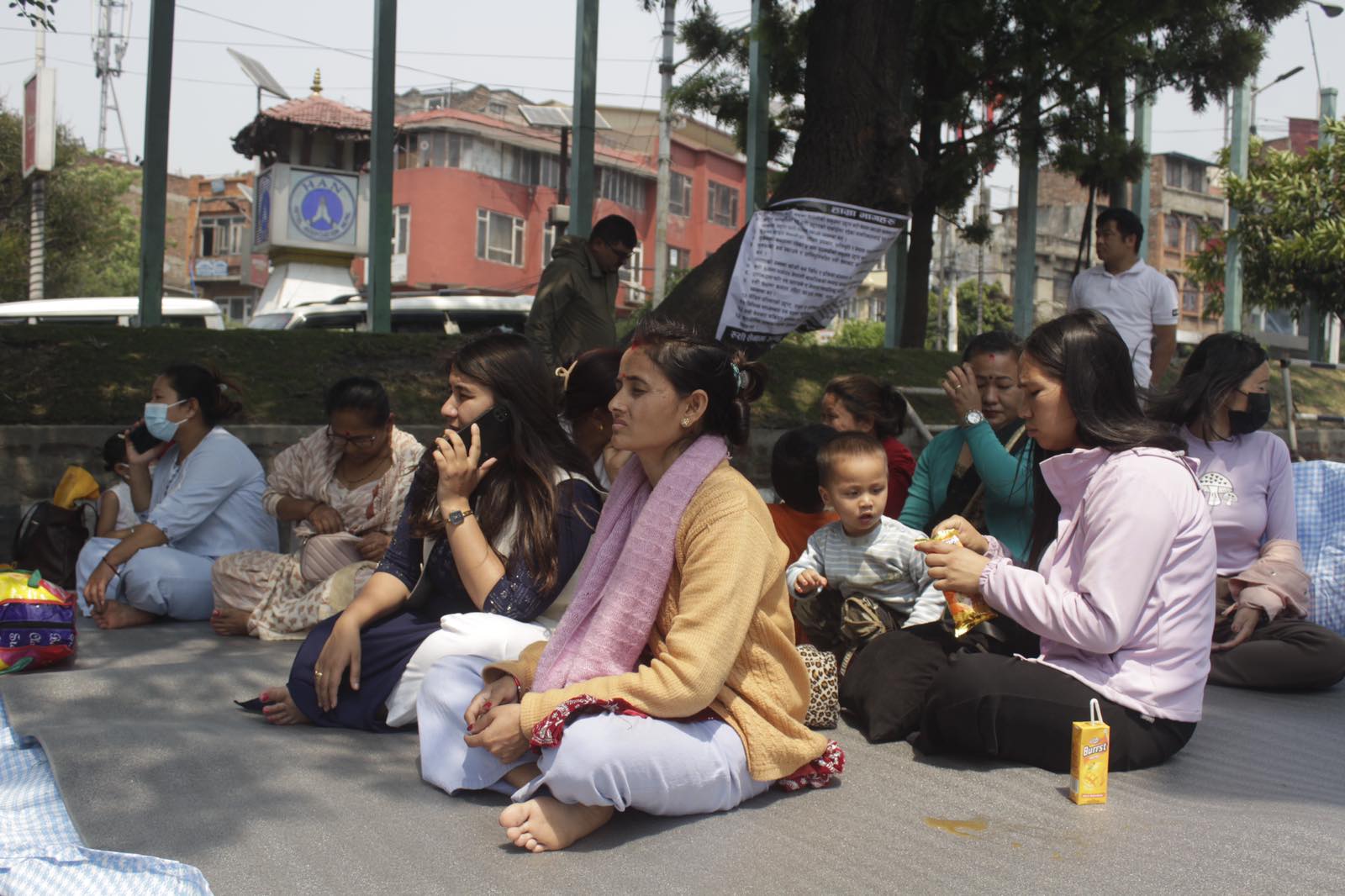
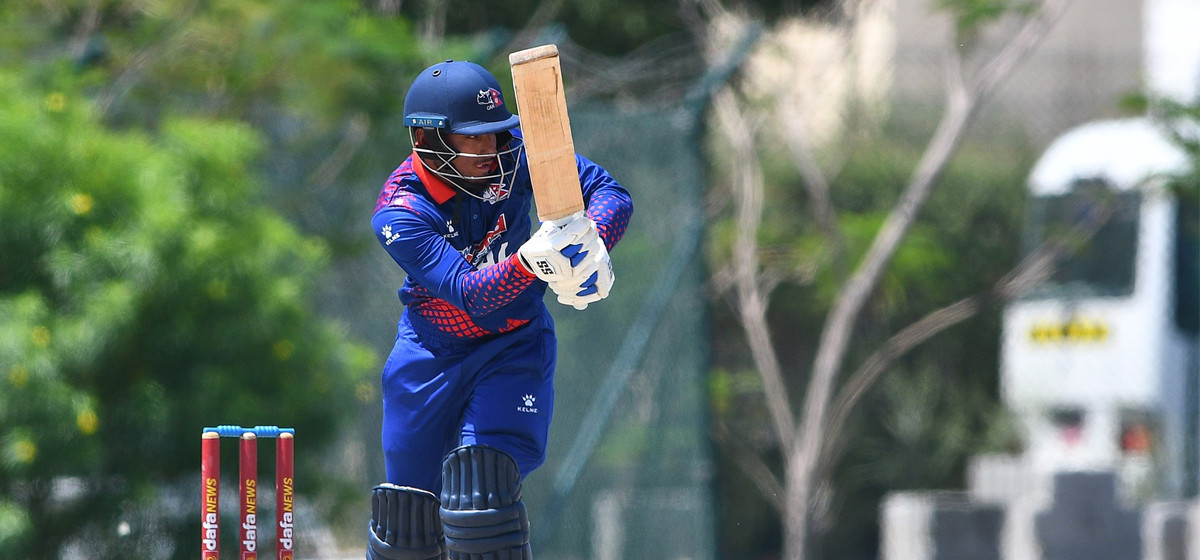
_20240311121839.jpg)
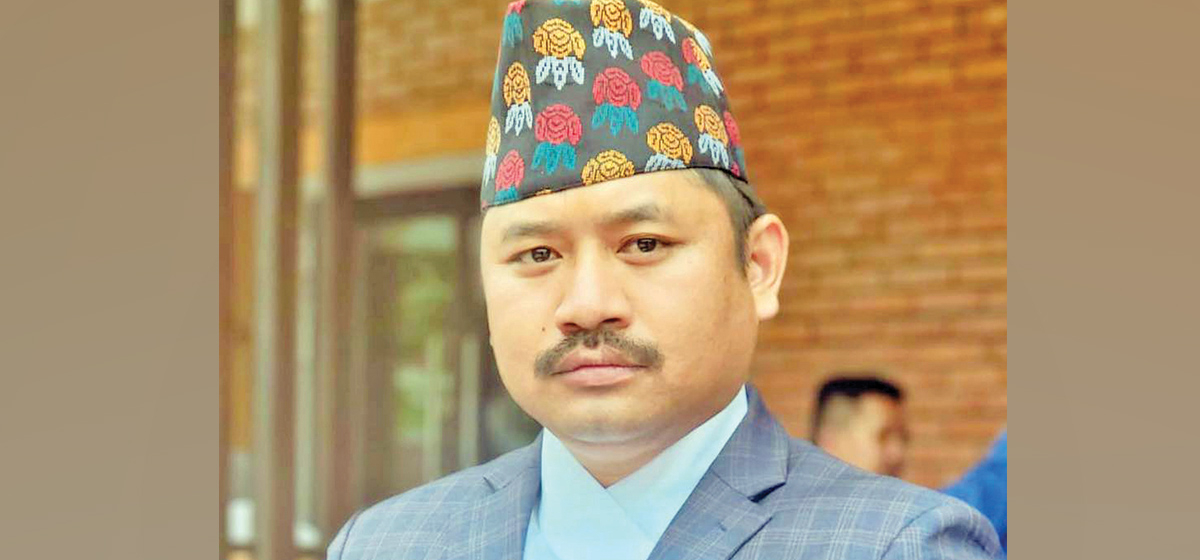

Leave A Comment